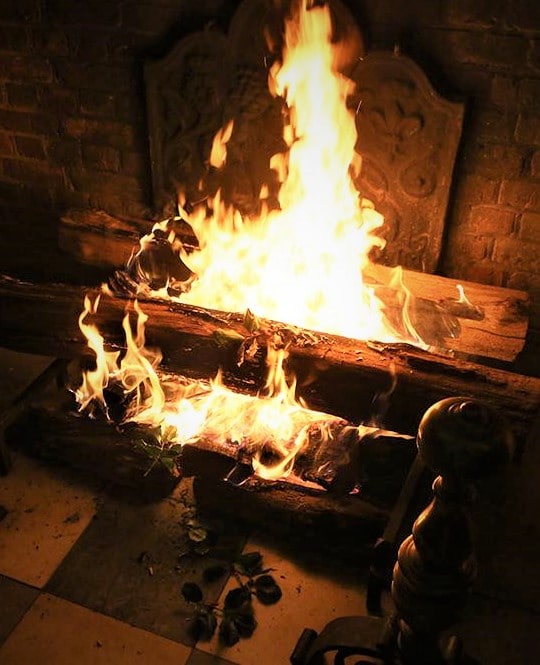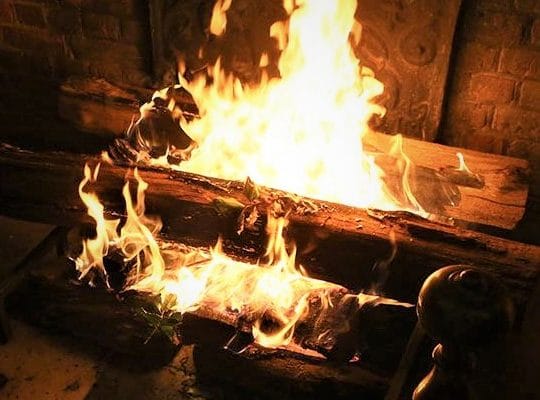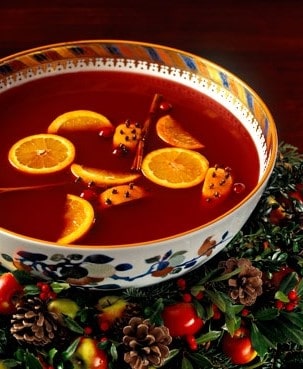
Since the dawn of human history, our ancestors took note of the Winter Solstice, the point in the solar cycle from which the period of daylight begins to lengthen. Although now considered the first day of winter, this date was initially significant as a reminder of the increasing light and warmth to come and thus celebrated as a marker of hope.While many cultures celebrate the solstice, modern Christmas symbols and traditions have stout roots in early Germanic and Old Norse midwinter customs, and the solstice itself has come to be referred to by the name Yule, the modernized version of the Old English ġéol (pronounced zheul), which actually refers to a twelve day midwinter festival.
[Read more…] about Hail the Sun’s Return, or, How Yule Became Christmas

